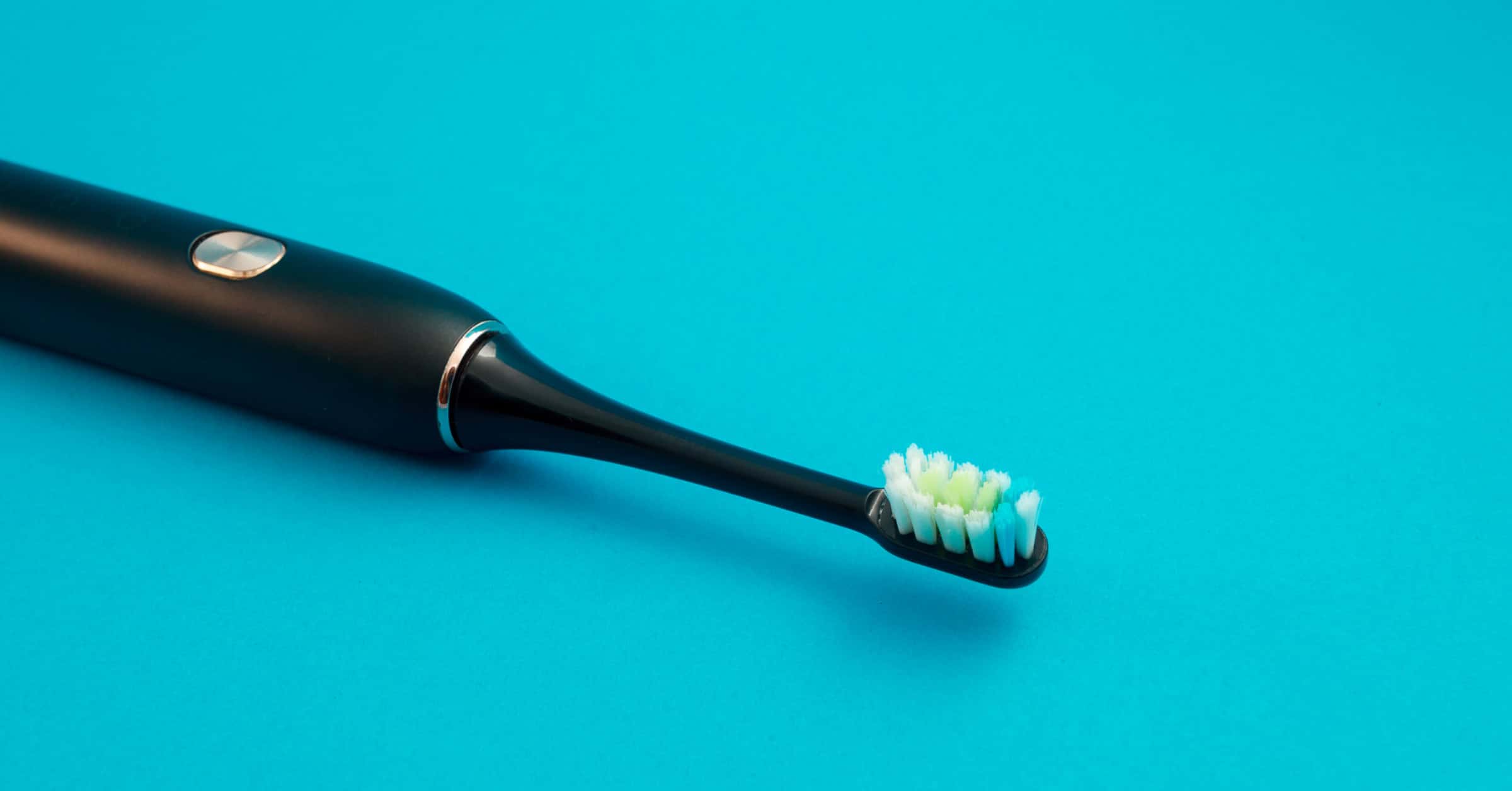New electric toothbrushes have more features, but their value depends on your needs and likes.
Here’s a comparison between newer models and the older ones:
Possible improvements in new models:
1. Better battery life:
New lithium-ion batteries last longer on a single charge and also have a longer overall life.
2. Smart features:
Many new toothbrushes connect to apps that track your brushing and give advice.
3. Improved cleaning technology:
Enhancements in brush heads and in motor technology may provide improved cleaning.
4. Types of Brushing Mode:
There are several modes in newer models to serve many needs: sensitive, whitening, gum care, etc.
5. Improved Pressure Sensors:
More accurate sensors will help avoid over-brushing to protect the gums and enamel.
6. Sleeker designs:
Often compact and catchier.
7. Improved water resistance:
Many of the newer ones are water-resistant even for the shower.
However, consider the following points:
1. Central functionality:
The simplistic cleaning action of older models can be powerful because of proper use.
2. Cost-effectiveness:
More often than not, older or simpler models are cheaper and give better value to some users.
3. Feature use:
Not everyone needs or uses high-end features in a device; thus, a basic model would suffice.
4. Environmental impact:
Frequent upgrades can contribute to electronic waste.
5. Reliability:
Some say that older, with fewer features, models can be more durable in the long term.
New electric toothbrushes may have extra features, but they are not always better than older models.
An older model that you use with consistency and proper use may give excellent oral care to you.
Choose a toothbrush based on your budget, what you like, and if you’ll use the new features.
Before you buy a new toothbrush, ask your dentist if its new features will improve your dental health.
